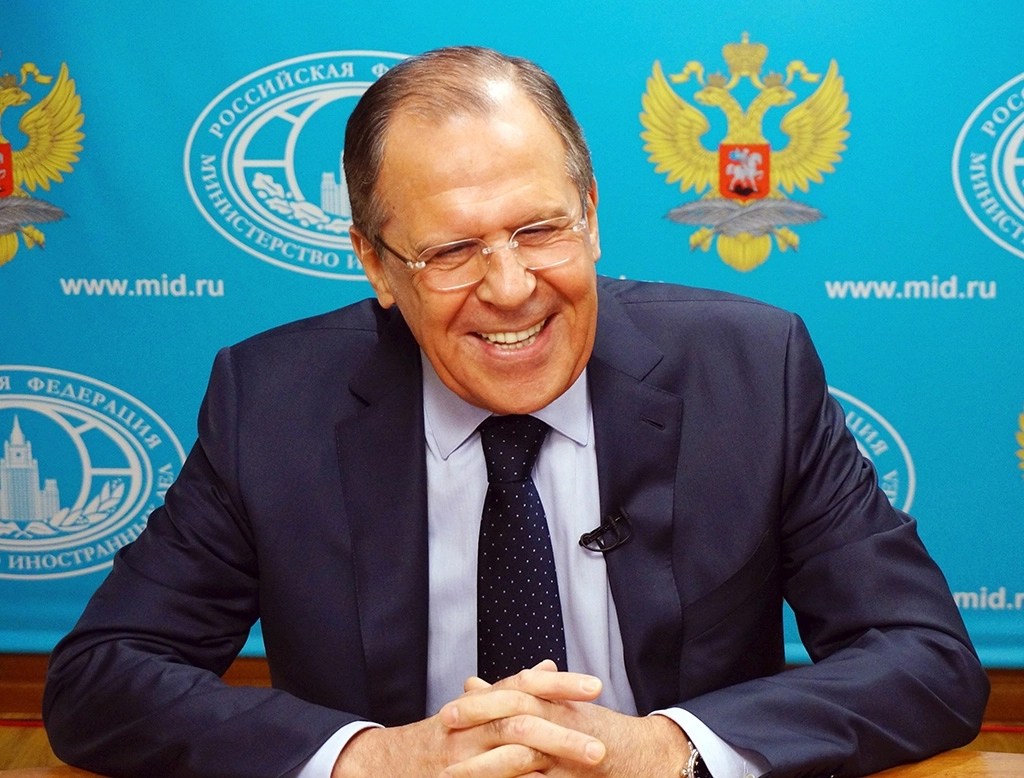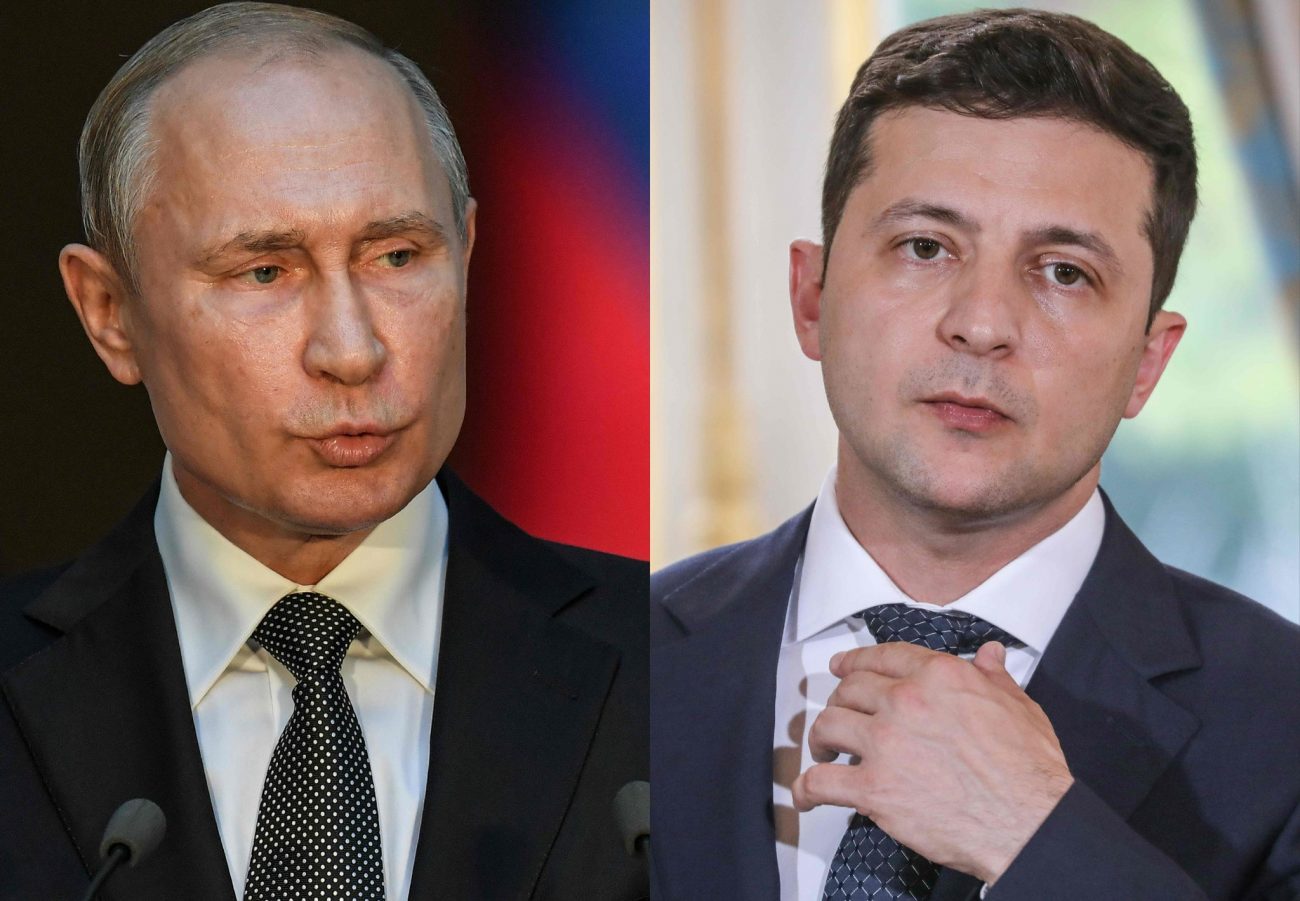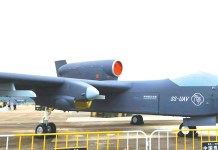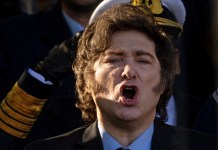The announcement of the Russo-Ukrainian-Turkish deal to resume grain trade from Black Sea ports came a day after Russian Foreign Minister Sergey Lavrov said Russia would now aim to control areas other than Donbass – in response to the United States (US) and United Kingdom (UK) continuing to arm Kiev with long-range weapons.
US Air Force To Buy A Whopping 375 Stealth Fighters; Lockheed Martin Pins Its Fortunes On Global F-35 Sales
Rafael Missile For F-35 Stealth Jets – World’s Most ‘Sought-After’ Warplanes To Get Ice Breaker Cruise Missile
The timing of Lavrov’s interview with state-run Russia TV (RT) seems both coercion for Ukraine into demining the ports and buffering the pro-Russian separatist Donbass, Kherson and Zaporizhzhia regions from US-supplied missiles.
His comments came as the US announced it would provide Ukraine with more long-range weapons.
Ukraine will receive another four High Mobility Artillery Rocket Systems (HIMARS) rocket systems to thwart the advance of Russian troops, bringing the total number to 16, Secretary of Defense Lloyd Austin said.
Ukrainian First Lady Olena Zelenska too addressed US Congress on Wednesday, asking for more air-defense systems to “help us to stop this terror against Ukrainians.”
Lavrov told RT in the hour-long interview, “Now the geography has changed. It’s not just Donetsk and Luhansk, it’s Kherson, Zaporizhia, and several other territories. And this is an ongoing process, consistent and insistent.”
The next day, Turkiye’s Presidential Advisor Ibrahim Kalin tweeted about the impending agreement to allow grain trade from southern Ukrainian ports in the Black Sea.
“The grain export agreement, critically important for global food security, will be signed in Istanbul tomorrow under the auspices of President Erdoğan and UN Secretary-General Mr. Guterres together with Ukrainian and Russian delegations,” Kalin tweeted.
The Montreaux Convention gives Turkey control over Bosphorous and the Dardanelles Straits connecting the Black Sea to the Mediterranean Sea.
Ukrainian fears about Russia further solidifying its hold in its Russian separatist Kherson and Zaporizhzhia were seen when Reuters quoted it saying that in another round of talks on Friday, it would only “back decisions regarding the safety of its southern regions.”
Up to 25 million tons of wheat and other grain had been blocked in Ukrainian ports by Russian warships and Ukrainian sea mines, which Ukraine claimed was because Russia had been blocking ports. The latter blamed Ukraine for mining the port approaches.
A secondary reason Russia cited was a legitimate need to check all incoming ships, given the western arms transfers to the Ukrainian Armed Forces (UAF).
It also made the argument that it was western sanctions on Russian banks and ships that complicated financial modalities and getting freight insurance. Interestingly, while Ukraine initially consistently denied mining the Black Sea ports, the readiness with which it agreed to the talks indicated the Russian charge was true.

A Ukrainian Foreign Ministry official had told Reuters in March that Russia had laid 372 sea mines of the ‘R-421-75’ type during the secession of Crimea in 2014, which are not used by the Ukrainian military.
Russia’s Ministry of Defence (MoD) later responded with details of 400 obsolete anchor mines in the approaches to the ports of Odesa, Ochakov, Chornomorsk and Yuzhny, which had drifted to the Black Sea after breaking off from their cables.
At the time, the Ukrainian Foreign Ministry refuted the charge. However, on June 10, he stated the opposite, saying – they “installed naval mines in the exercise of their right to self-defense under Article 51 of the United Nations Charter.”

Unending War
Despite the heavy casualties sustained by the UAF, massive desertions, surrenders, diminishing ammunition stock and shrinking territory, Russia sees Ukraine as still being egged on by the west to fight and perceives it as a US-backed proxy war.
Russia and Ukraine have held several rounds of talks since the beginning of the war, indicating Moscow did not want to push Kiev to the wall and was willing to settle for guarantees that Ukraine would not join the North Atlantic Treaty Organization (NATO).
Zelensky himself said multiple times in his televised addresses that he was willing to give up demands for NATO membership.
It intervened militarily on February 24 when one of its primary demands, that Kiev negotiates with the breakaway Lugansk and Donetsk People’s Republics (LDPR) as per the Minsk II Agreements – which declared independence from Ukraine in 2014 – was being ignored. It was believed that the regions were facing an imminent offensive by the UAF.
Kiev, Mariupol, Snake Island & Now Kherson
This also might be the fourth time in the war Russia could be employing its classic World War II tactic of Maskirovska to spread disinformation to make the enemy look elsewhere and achieve its military goals.
In the second month of the war, its maneuvers outside of Kiev led Ukraine and the world to believe that the capital was the target. A 64 km long Russian military convoy hardly moved for several days, with the UAF having successfully stalled its advance.
However, Russia’s and Lugansk and Donetsk People’s Republics (LDPR) gains in the east and the south in Mariupol was because of the UAF having committed a majority of their forces there. Lisychansk and Sieverodonetsk fell later.
In Mariupol, at the heavily fortified Azovstal steel plant, nearly 2,000 members of the neo-Nazi Azov Regiment were holed up in the labyrinth of underground tunnels that could have held a siege for months!
Putin ordered his Defence Minister Sergei Shoigu to surround the plant – because of having successfully captured the rest of the city – and simply starve out the defenders.
This was also in line with the Russian tactic of bypassing heavy pockets of resistance in the north and the east. By late May, 2439 Ukrainian soldiers, most of them from the Azov Battalion, surrendered, succumbing to heavy bombing, a limited Spetsnaz incursion, and a barrage of terrifying-looking incendiary phosphorous bombs.
Experts mapping Russian advances later realized the ploy – to build a contiguous zone from the pro-Russia east, Crimea and the south. EurAsian Times had described this manner of slow, incremental advances without having to rush for a quick victory as a ‘Long War.’
Expanding war goals in the south and west is, however, different since it has strategic implications at the global level. Anticipating the war heading well into the year, given the US goals to keep arming Ukraine and not reach a diplomatic solution, absorbing further Ukrainian territory actually protects Russian military formations at a tactical level.
They might get pinned down if more HIMARS are used by the UAF. This necessitates pushing them further into Ukraine and keeping the long-range HIMARS rockets and other US systems as far away from the separatist regions.
The coercive effect of Ukraine agreeing to open and de-mining ports might very well be an intended by-product. This is not to say that even if Ukraine lives up to its end of the bargain on whatever deal is struck with the Turks, Russia will not push further.
If the US and UK decide to keep sending arms to Ukraine, Russia would have to lengthen its military operation.
- The author can be reached at satamp@gmail.com
- Follow EurAsian Times on Google News




